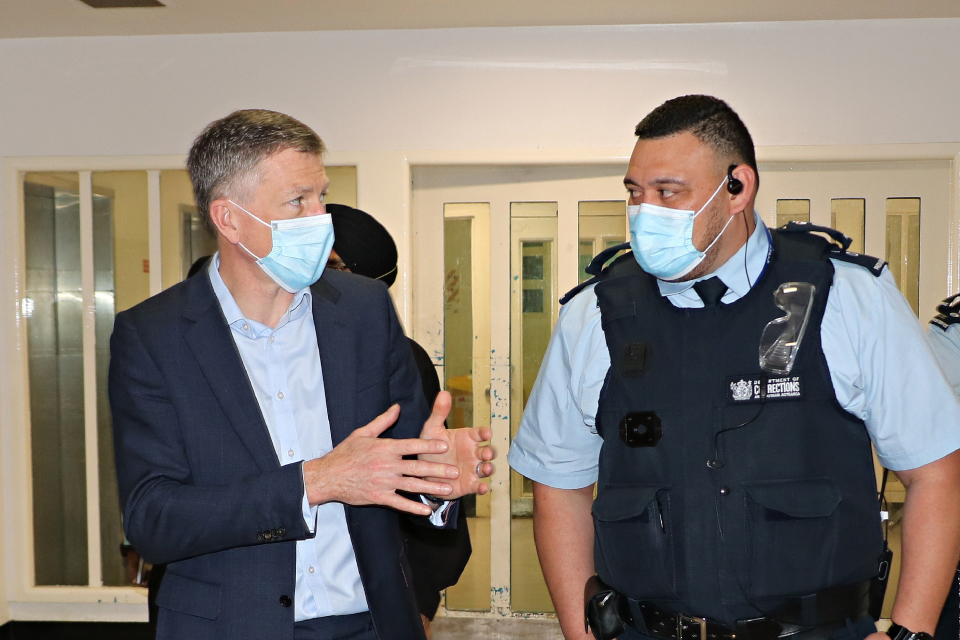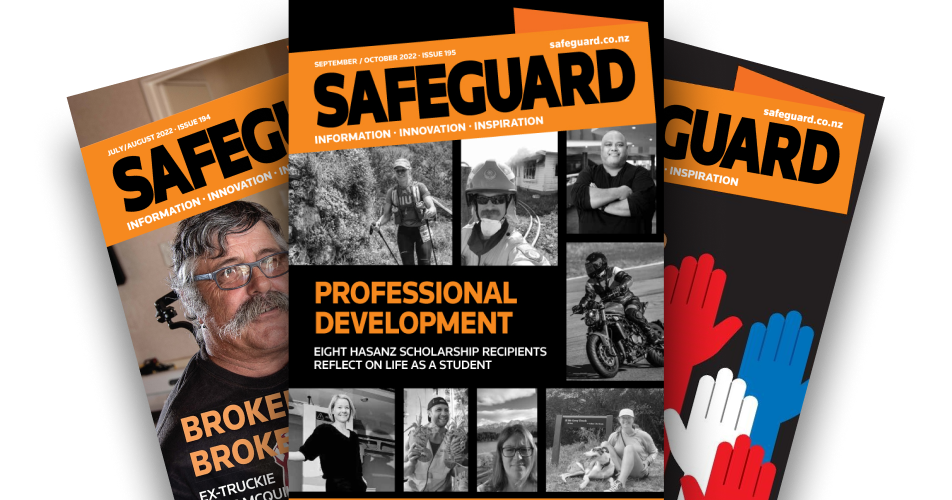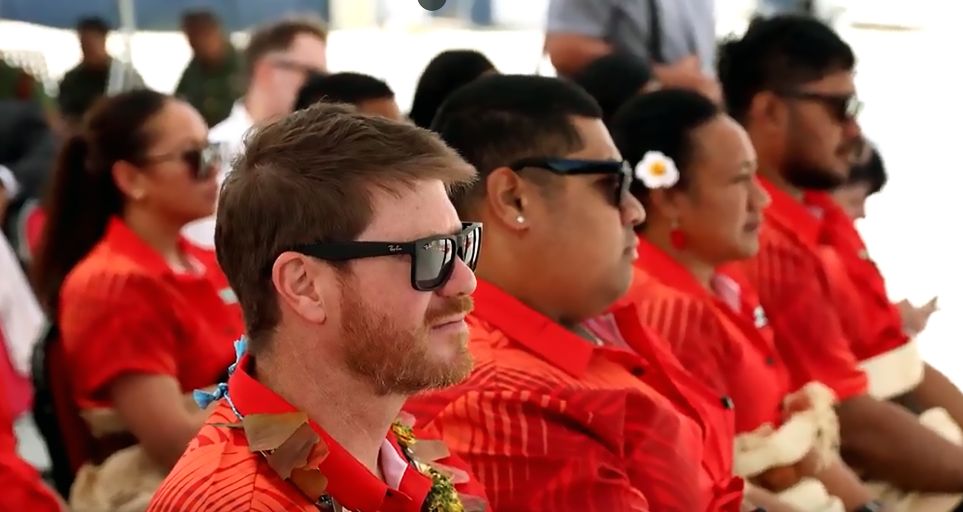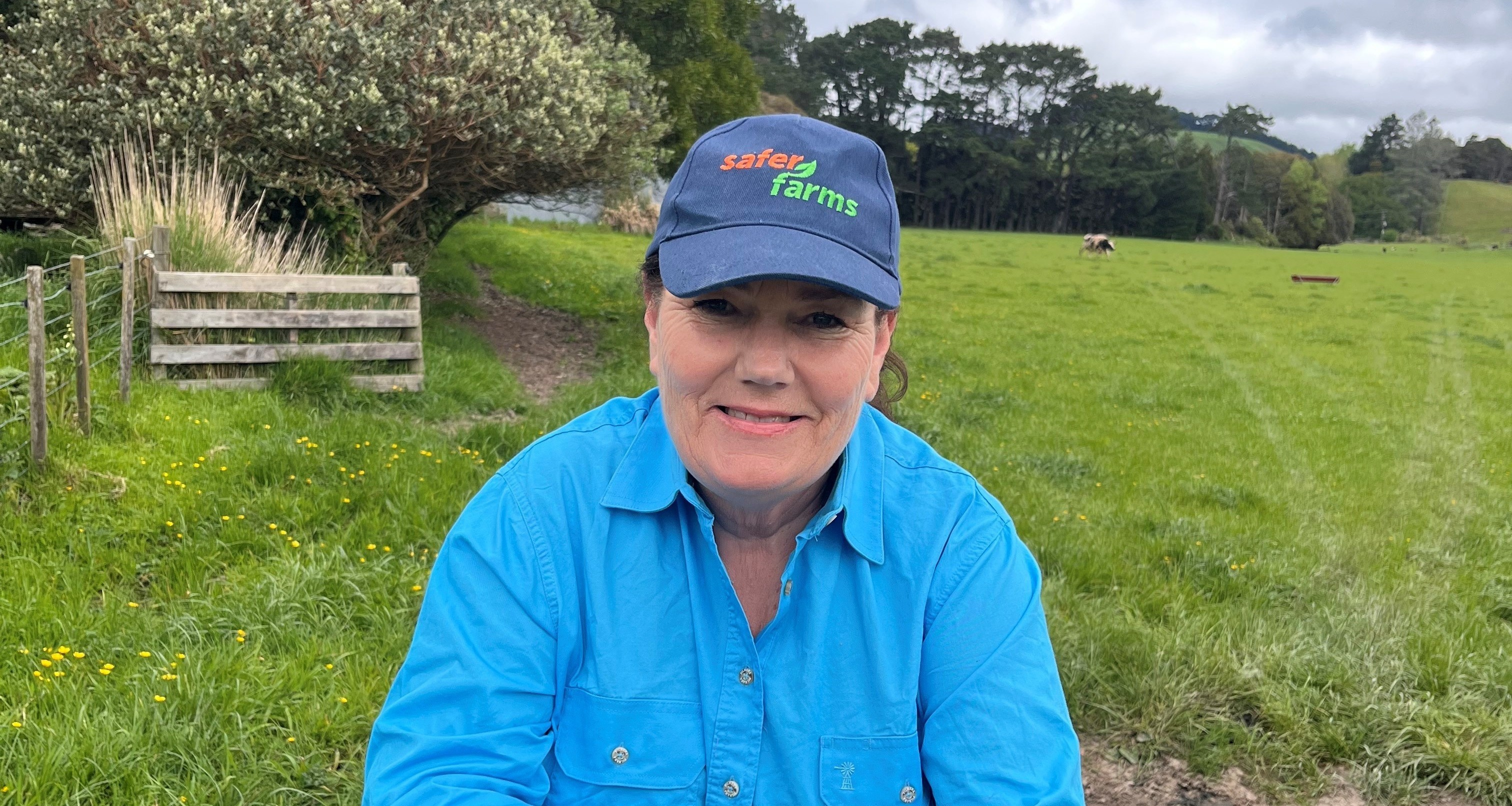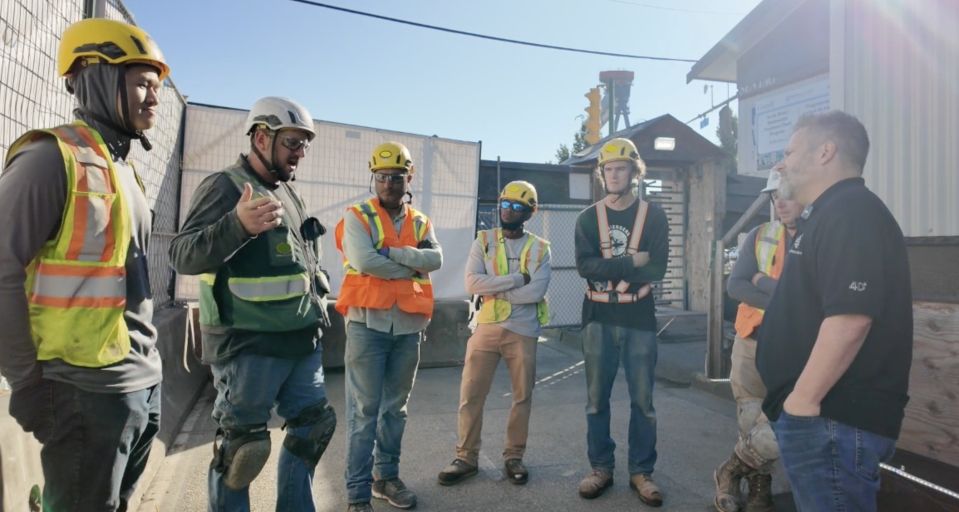Back when he was deputy chief executive, Jeremy Lightfoot was a key player in the development of Corrections’ 2019-2024 strategy, known as Hōkai Rangi. In it, the Department returned to this whakatauki gifted to it by Waiwhetū marae in 2001:
Kotahi anō te kaupapa: ko te oranga o te iwi – there is only one purpose to our work: the wellness and wellbeing of people.
Reading this, I put to him the core message from organisational psychologist Clive Lloyd, one of the keynote speakers at the 2022 Safeguard conference: that demonstrating care for people is at the heart of health & safety, and without it your H&S efforts will likely fail.
“Totally agree,” says Lightfoot. “That has to be the pursuit of any leader in any organisation. Connecting to that intention and how authentically we use it to drive our behaviour is the challenge.”
However, he cautions that such statements of intent need to be carefully framed to include everyone. The wording of the Hōkai Rangi strategy caused some staff to raise concerns that the pendulum might swing too far; that the needs of the people under Corrections’ management would be emphasised to the extent that there was a risk the needs of Corrections’ own staff might be lost sight of.
It was, he recalls, a legitimate challenge. While the focus is on the end point of Corrections’ work – the delivery to people under its management – it remains important to look after the people who are doing the delivering every day. It was a matter of joining the dots.
“If we can’t demonstrate what good care and authentic connection with each other looks like, then we’re going to struggle to move forward.”
From this arose a clearer concept: if Corrections can take all opportunities to build the capability, safety and wellbeing of its workforce, then delivery of its core mission will be enhanced. It’s a small but critical shift in emphasis which acknowledges staff need to be in a good physical and mental space before they can focus on the wellbeing of others.
Safe conversations
Getting close to frontline staff to understand their daily reality is a challenge for any chief executive. How to make it safe for people to share their perspectives and have a normal conversation? Lightfoot says talking to people in big groups has some value but the risk is that you only hear from the minority who are confident in speaking up. “You start to move into group-think and you can’t really get to the essence of the individual.”
With the support of the two key unions – the Corrections Association NZ and the Public Service Association – he set about visiting each prison. First he meets the prison’s management team to set out his intention to make a personal connection with individual staff members without management being present. Then he meets staff in small groups in the presence of local union delegates, which helps to create a safe environment for him to express curiosity about the realities of work at the site and the psychological effects of dealing every day with some of the country’s most challenging people.
“It’s not for me to come in and try to personally solve things, but to stimulate others to be interested. And it’s not for me to demonstrate I know things already – in fact it has demonstrated how much I don’t know.”
Critical controls
Lightfoot is the sponsor of Corrections’ critical H&S risks programme, which aims to invest considerable resources into better controls and assurance activities for the eleven critical risks faced by staff and the people the Department manages. Another aim is to simplify the dispersed controls and assurance activities associated with a particular critical risk into a single, unifying Critical Control Protocol.
The first cab off the rank was hazardous substances, which was – perhaps naively – selected as a relatively uncomplicated risk to test the concept, and one which extended across a range of functional areas: infrastructure, procurement, procedures, workforce capability, and proactive assurance.
“This simple one has been bloody hard,” acknowledges Lightfoot. “It’s required lots of executive focus and engagement with senior functional leaders.”
But the process has held up a useful mirror to understand how controls for each critical risk have to be connected horizontally across multiple moving parts within a large and complex organisation. One outcome is the clear need to establish a separate health & safety portfolio, alongside existing portfolios covering infrastructure, digital technology, and people.
Corrections is now progressing work on the second critical risk, namely violence and aggression – arguably the risk most people would associate with prison work – and also the third, machinery.
While there is a fount of first-hand experience to draw on as to what might be the best controls to put in place for violence and aggression, Lightfoot says the risk can’t be managed in the same way as traditional risks like hazardous substances.
“It’s an emotive area. We need to be able to reliably check the impact of controls and sub-controls.”
He has set up and funded a violence & aggression action plan which is now being rolled out. In such a large organisation, it’s a huge investment in what Lightfoot sees as an ethical responsibility.
“Anchoring us back to that hypothesis – building the capability, safety and wellness of our workforce – has been very helpful in making sense of the myriad trade-offs in our investment decisions.”
The Critical Control Protocol has established a systematic, evidence-based framework to help make those organisational trade-off decisions and to help identify those elements which will have greatest impact earliest.
“It’s a model which has helped us shift organisationally to being evidence-based. It’s a method we collectively own.”
Technical agitator
Another move championed by Lightfoot has been to make Corrections’ chief safety and wellbeing officer a member of all executive-level committees, including the investment committee.
The aim, he says, is to ensure these committees look through the lens of safe work when debating future strategies and the inevitable trade-offs around investment decisions. “As pragmatic executives, we need some constructive tension and agitation to make our decisions as purposeful as possible.”
Placing what he calls a technical agitator into key decision forums requires someone with “delicate hands”, who can explain likely consequences of decisions with nuance and sophistication without getting bogged down in reams of health & safety detail.
He sees it as a way of delivering insights – technically framed, theoretically based – to an organisation in which the executive group wears two hats: as functional managers and, in effect, board members.
“It’s a way of bringing that officer mindset into the conversation too.”
Mental health
Psychological health and safety is another critical risk. Significant investment has already been made in this area, but Lightfoot acknowledges the inherent complexity in systematically preventing work-related psychological harm. This risk will be addressed after the Critical Control Protocol concept is better embedded via work on other risks.
He modestly declines to view himself as a mental health champion but is determined to keep talking about it, in part because of the intensely personal and sometimes traumatic experiences staff have revealed to him.
“I want to make sure this topic doesn’t get lost, that we keep it front and centre as something we need to do better at. Generating conversations and sharing the power of our experiences is a good thing for us to do.”
Our conversation ends by coming back to Lightfoot’s mantra, which he sees as applying to any organisation: that if decisions made by management are aligned to help build the capability, safety and wellbeing of its workforce, then the delivery of the core mission will be enhanced.
“Creating safe and healthy work is the best means of achieving a high performing organisation. Shifting this idea into mainstream conversation is the prize.”
